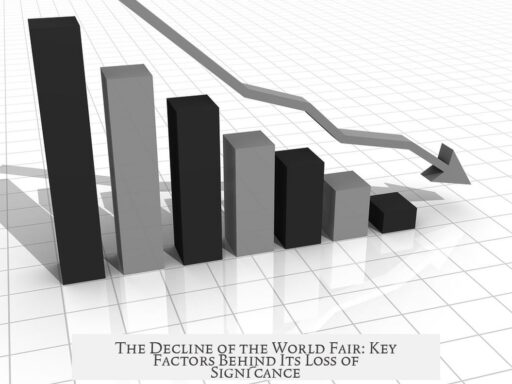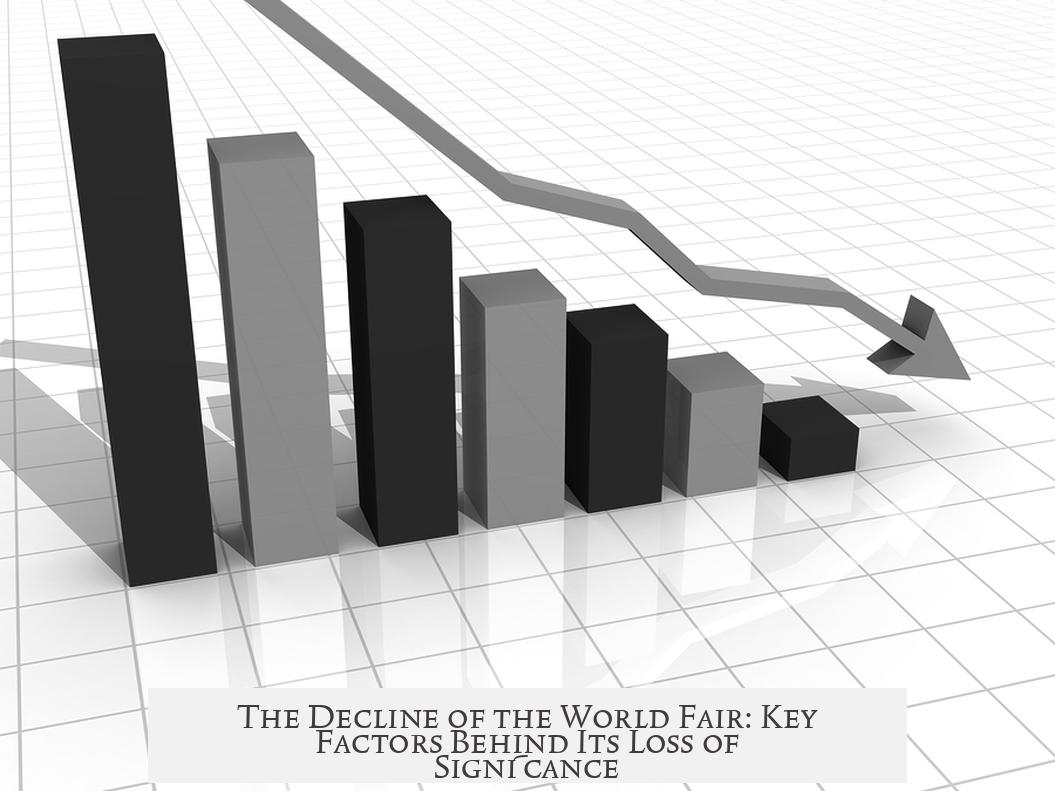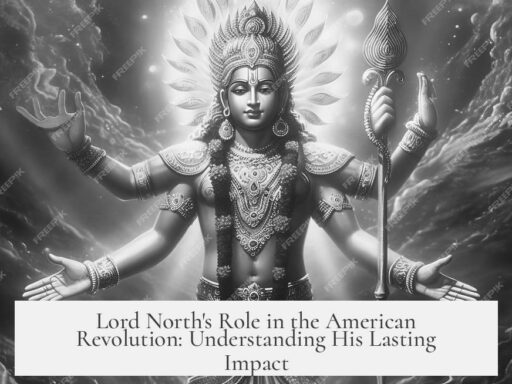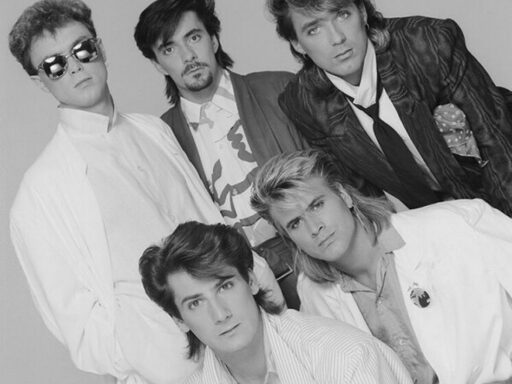The World Fair stopped being a major event due to a mix of social, technological, and cultural shifts that reduced its appeal and relevance. The event’s traditional role as a grand trade show declined because industry-specific expos took over, offering more focused and practical showcases. At the same time, the fascination with exotic cultural exhibits faded. Countries grew less interested in displaying “quaint and exotic” foreign cultures, focusing instead on proving their modernity. People also gained easier access to travel, making actual visits to foreign countries more appealing than viewing recreated villages.
Entertainment aspects such as midways, once filled with thrill rides, lost popularity as theme parks like Disney and Six Flags provided permanent, more accessible alternatives. Television also played a crucial role by reducing the appeal of static displays; pavilions increasingly became stages for watching TV programs rather than places of discovery.
Corporate influence in late 20th-century fairs, especially in North America, created challenges. Corporate pavilions often overwhelmed the events, leading to visitor fatigue and questions about their marketing value. This shift sometimes made the fairs feel commercialized and less engaging to the public.
Scholars such as Morris Dickstein and Alfred Heller have analyzed these trends extensively. Dickstein’s essay “From the Thirties to the Sixties: The World’s Fair in its own Time” describes the fair’s evolution, while Heller’s book “World’s Fairs and the End of Progress” critiques late 20th-century fairs as symbols of waning progress enthusiasm.
Despite this decline, international expos continue, though their scale and cultural impact have diminished. The COVID-19 pandemic also disrupted recent plans, adding to the challenges facing these large-scale events.
- Trade shows became specialized, reducing the World Fair’s unique appeal.
- Interest in exotic cultural displays declined as nations prioritized modernity.
- Travel accessibility made authentic cultural experiences preferable.
- The rise of theme parks replaced traditional midway attractions.
- Television lessened the novelty of physical exhibits.
- Corporate dominance made fairs feel commercial and less engaging.
- Scholars link these trends to broader cultural and technological changes.
- International expos still occur but with less prominence than before.
Why Did the World Fair Stop Being a Major Event?
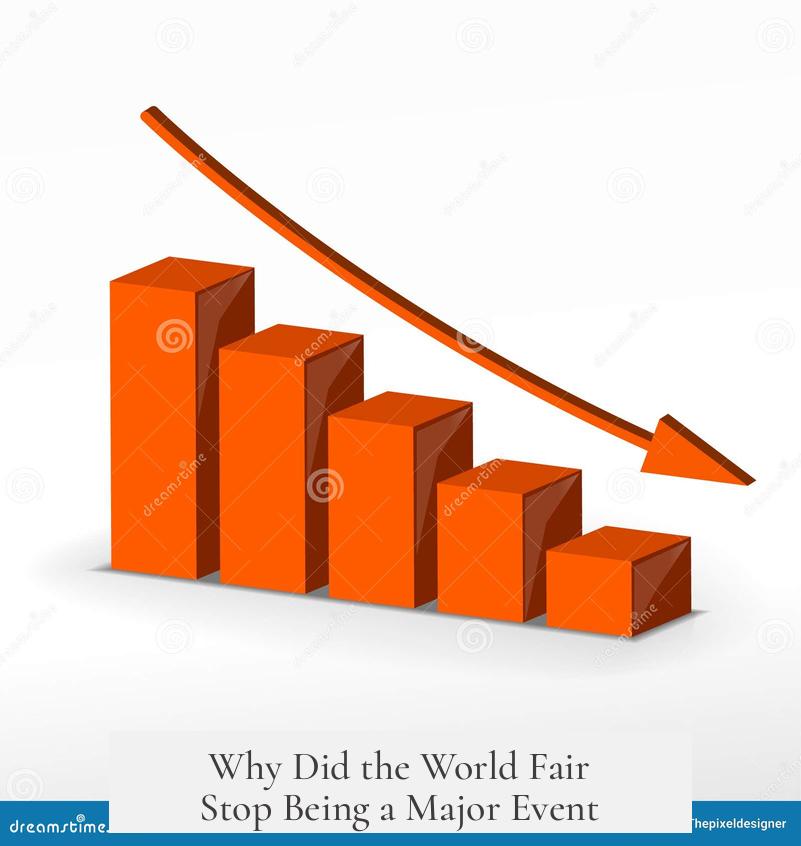
The World Fair stopped being a major event because it gradually lost its core attractions to modern alternatives and changing societal values. From trade shows to cultural displays, evolving tastes and technologies sidelined the once-grand exposition. But how did this global spectacle that dazzled millions fade into the background?
Let’s unpack the story of the World Fair’s decline—and see why it now feels more like a nostalgic memory than a dazzling must-see event.
The Trade Show That Lost Its Steam (Engines)
Back in the day, the World Fair’s trade show aspect was a blockbuster. People flocked to see incredible new inventions like steam engines and gigantic produce displays. It was like the tech expos we drool over today, but with a Victorian flair!
However, industry-specific expos began cropping up, targeting niche sectors with laser-focused showcases. Imagine a gadget lover choosing CES over a sprawling, eclectic fair. The World Fair could no longer compete against these specialized, tech-savvy, and highly efficient trade hubs.
As a result, the general trade-show appeal of the World Fair deflated slowly, like a balloon with a tiny hole.
Cultural Exhibits: From Fascination to Faux Pas
When the World Fair first started, it thrilled visitors with displays of foreign cultures and recreated villages. You could “travel the world” without a passport.
But times changed. Suddenly, these exhibits started to look exploitative. Nations lost interest in portraying themselves as quaint and exotic curiosities. Instead, countries wanted to show off their modern advancements, not some dusty tradition or stereotype.
Besides, travel became easier. Why see a reconstructed Japanese tea house when you can board a plane for Tokyo? This shift made cultural displays feel stale. The fair’s appeal as a window to the world dimmed.
Midways and Theme Parks: The Ride of Replacement
There was a time the fairgrounds vibrated with the joy of midways—thrill rides and games that dazzled visitors big and small. They were the entertainment epicenter for all.
Enter theme parks like Disney and Six Flags—offering permanent, polished, and ever-expanding thrill experiences. These parks catered exactly to what people wanted: convenience, consistency, and a dedicated amusement environment.
With these giants stealing the spotlight, the World Fair’s midways seemed like a local carnival trying to compete with a rock concert. No surprise they faded away.
The Television Revolution: From Reality to Screen
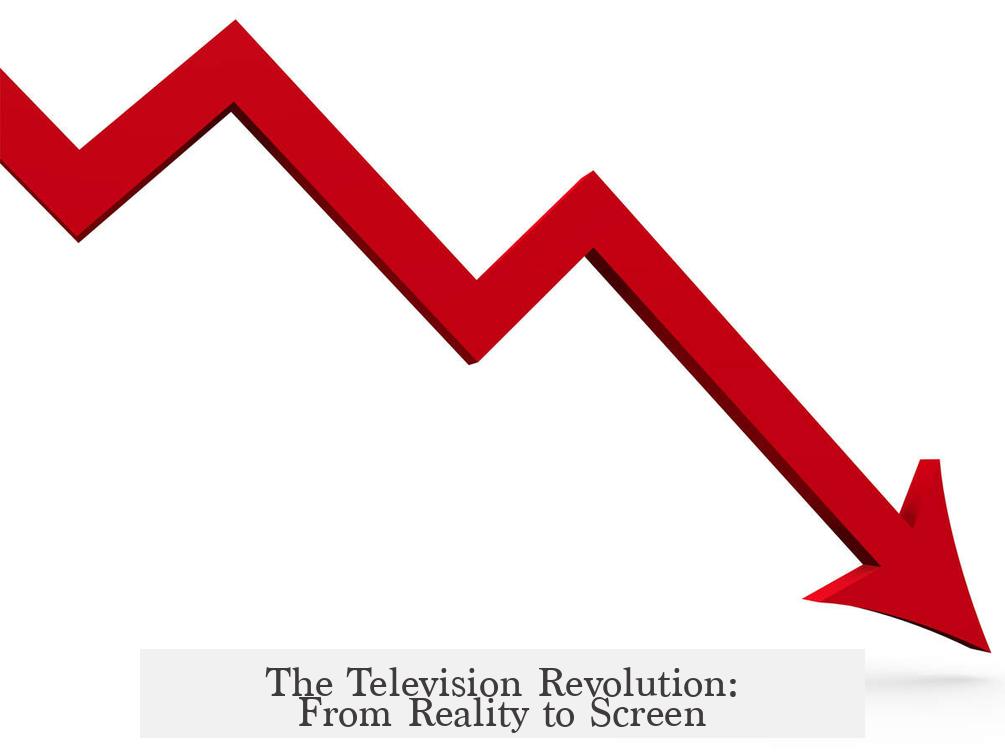
Ah, television—the box that changed everything. With broadcasts bringing exotic locations and cutting-edge technology straight into our living rooms, the drive to physically visit static exhibits shrank.
World Fair pavilions tried to adapt by becoming theaters showing TV programs. But sitting in a pavilion theater was a pale shadow of watching TV at home, where your couch and snacks awaited.
Television killed some of the curiosity that once fueled the fairs. It transformed the public from explorers into couch potatoes—at least for a while.
Too Many Corporate Pavilions, Not Enough Fun
By the time the 20th century wound down, World Fairs—especially in North America—felt overwhelmed by corporate pavilions. These setups often resembled giant ads more than exciting exhibits.
Visitors grew skeptical. They saw less innovation and more marketing puffery. Corporations got questionable marketing returns, and attendees felt the fairs had become slightly distasteful sales pitches rather than cultural or technological celebrations.
Imagine going to a fair and feeling like you’re trapped in a never-ending commercial break. Not exactly the recipe for lasting excitement.
Scholarly Takes: What the Experts Say
Wanna go deeper? Scholars like Morris Dickstein and Alfred Heller explored the World Fair’s decline in rich detail. Dickstein’s essay highlights shifts from the 1930s to the 1960s where the Fair reflected its own era’s hopes and limitations. Meanwhile, Heller’s book World’s Fairs and the End of Progress critiques late 20th-century expos, framing them as moments when the notion of “progress” lost steam.
In short, the decline isn’t just about trends—it’s about changing cultural narratives and what progress means to society.
The World Fair Today: Still Alive, But a Different Beast
Before you write the World Fair off entirely, know this: international expos still happen. They’re just not the blockbuster events they once were. The 21st century brought new challenges, including the recent pandemic, which rearranged schedules and attendance plans.
Modern expos now serve more niche, educational, or diplomatic functions. They’re quieter, less thrilling, but still a platform for international collaboration and display.
So, What Can We Learn From This?
Why did the World Fair stop being a major event? Because its unique selling points were hijacked by new, better-suited platforms. Industry-specific expos, more accessible travel, theme parks, TV, and skeptical viewers gradually drained the old charm.
If we want to revive or reinvent fairs like these, what should we do?
- Focus on novelty that can’t be replicated online or elsewhere.
- Become a genuine cultural exchange, free from exploitation and clichéd displays.
- Offer interactive, immersive experiences that surpass what theme parks or TVs can provide.
- Balance corporate presence with authentic storytelling and innovation.
Could the World Fair stage a comeback? Maybe. But it would need to evolve drastically and meaningfully.
For now, it remains a fascinating chapter in history—an echo of a time when the world gathered to marvel at steam engines, giant cantaloupes, and distant lands all in one grandiose event.
